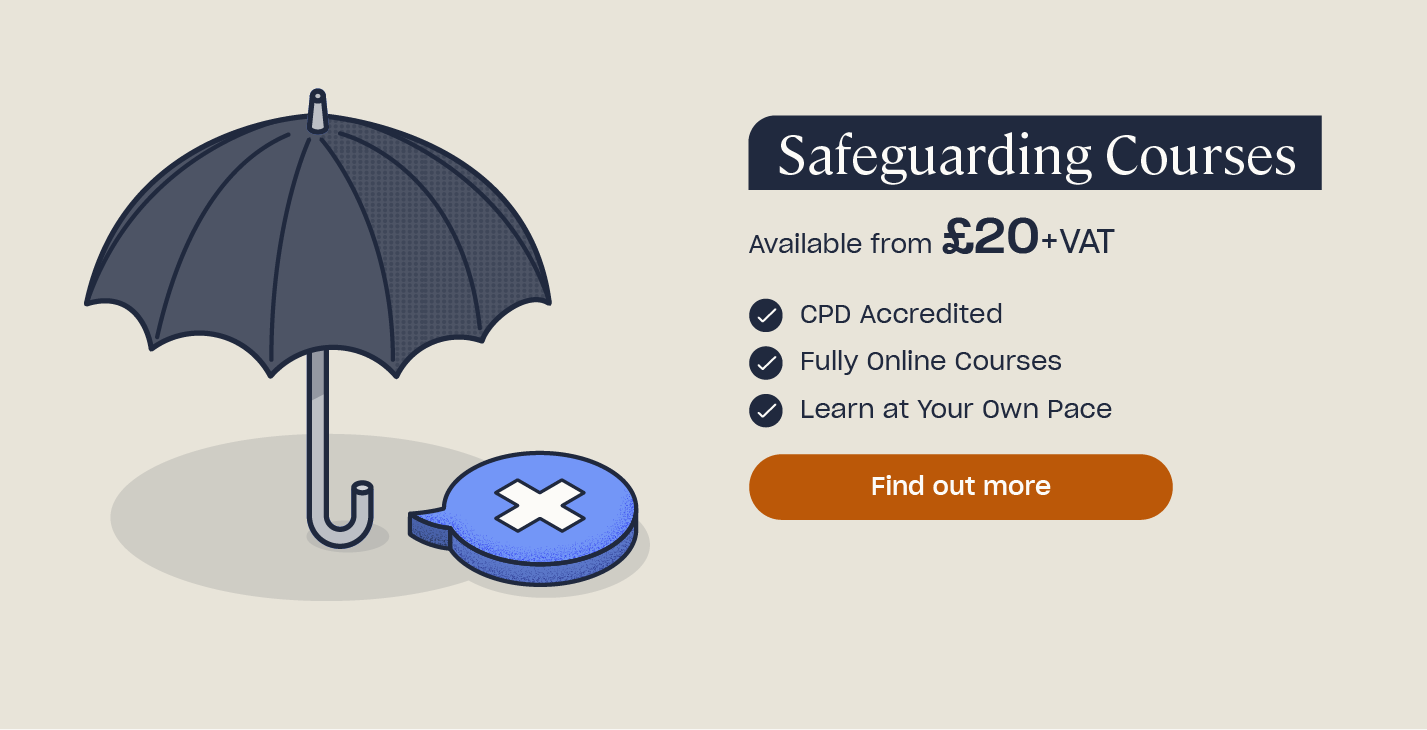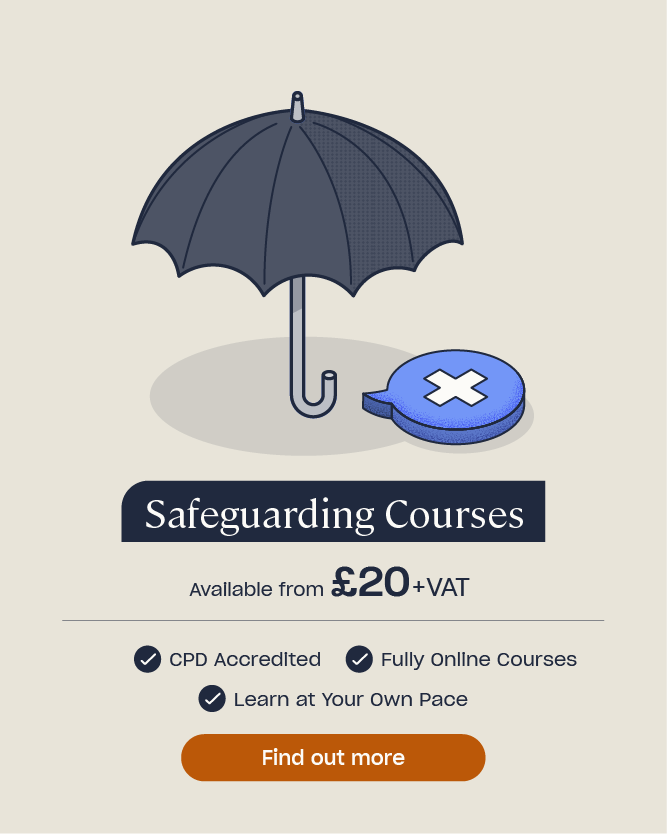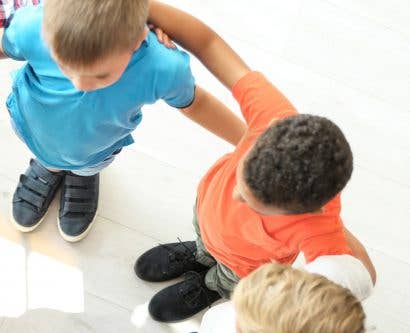Understanding the Different Forms of Child Neglect
Child neglect is the inability of a parent or carer to meet the fundamental needs of a young person, infant or child. It is one form of child abuse alongside physical, sexual, and psychological abuse. This article will look at the four different forms of child neglect and the signs that indicate neglect is happening.
According to the NSPCC, child neglect is the most common form of child abuse. The are four different types of neglect, these are:
- Physical neglect
- Educational neglect
- Emotional neglect
- Medical neglect
Neglect can be intentional or inadvertent, and there are many reasons why child neglect happens. The primary causes of child neglect are often poverty, substance abuse, depression, a lack of support, poor social skills and unloving relationships, former abuse, and misunderstandings about child development.
Need Safeguarding Training?
Our range of safeguarding training courses aims to provide you with the required knowledge to carry out your work whilst meeting safeguarding requirements. Take a look at our full Safeguarding Course library, where you’ll find everything from Designated Safeguarding Lead to Child Mental Health training.
What is Physical Neglect?
A parent or carer has a duty to take care of a child’s basic needs, which includes providing food, shelter and clothes, and keeping the child clean and hygienic. A failure to meet these basic needs is physical neglect.
The inability to provide a child with food may manifest in the child seeming thin and hungry or coming to school having had no breakfast, with no packed lunch and no money to buy food at school. The consequences can be very harmful; malnourishment in babies and young children can cause lasting damage to brain development, resulting in lower brain functioning.
The physical neglect of a child may lead to inadequate levels of hygiene, or they could turn up to school on a cold day with no warm layers of clothing. Their clothes may be unwashed, poorly fitting or may have holes. Their home environment may be dirty and unhygienic, or cold and damp.
Failing to keep a child safe from danger also counts as physical neglect. For example, if a parent were to let a young child walk around town on their own, or if they were to leave them home on their own unsupervised, this is classed as physical child neglect.
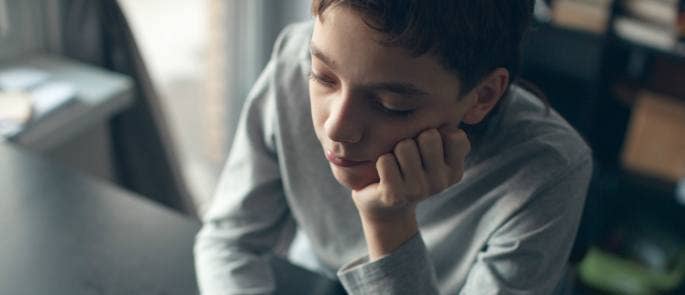
What is Educational Neglect?
Depriving your child of an education is against the law, so if a parent fails to send their child to school, or fails to take action to prevent truancy, they could be guilty of educational neglect.
However, it’s not illegal to take a child out of school if the parents or carers are providing them with an alternative education; that is, teaching them at home and having told the child’s school of their intentions (and the council, if the child is in a special educational needs school).
Local councils may make regular informal checks on parents who are homeschooling their child to ensure that parents and carers are meeting the child’s educational needs; if the council finds evidence of educational neglect, they can issue parents with a school attendance order.
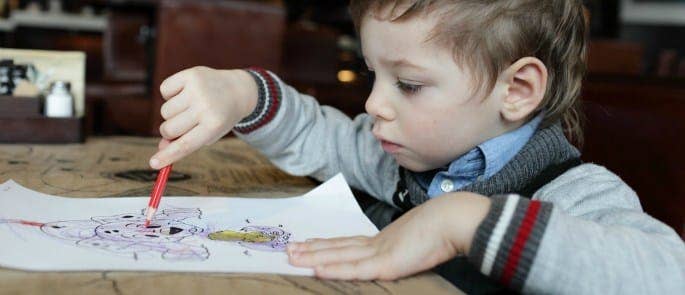
What is Emotional Neglect?
A child has emotional needs as well as physical and educational, and if parents and guardians don’t meet these requirements, it’s known as emotional neglect. Emotional neglect could mean that a child isn’t getting the amount of attention, stimulation or affection that they need from a parent or carer, but it can also be more calculated than that.
For instance, a parent or carer may routinely scare the child, or humiliate them, or lock them away without human interaction. Emotional neglect can result in long-lasting mental health problems and can lead to issues maintaining healthy relationships with partners, friends or even their children when they reach adulthood. Unfortunately, emotional neglect is tough to prove, because it’s often one person’s word against another.
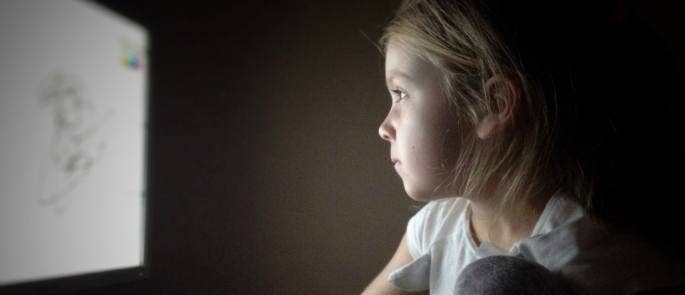
What is Medical Neglect?
It’s the responsibility of a parent or carer to ensure that a child receives adequate health and dental care; failure to do so is a form of neglect.
For example, a child’s injuries, health issues or dental problems may go untreated, or the child may suffer from repeated illnesses and conditions such as skin sores, ringworm or rashes. They may be anaemic or always tired, and they may not receive the medication they need for a particular condition. They may be small for their age and could lag behind their peers with literacy and social skills.
Medical neglect also includes ignoring the advice of a doctor or dentist, refusing to allow a child to be treated and not taking children to routine appointments such as vaccinations.

Child neglect can have a devastating impact on a person’s life, even after they’ve left their childhood years behind. It’s crucial that we learn to recognise and understand the common signs of child neglect so we can work to eliminate it.
Further Resources:
- Signs of Abuse in Children
- Safeguarding Children Definition
- Understanding Why Children May Stay Quiet About Abuse
- Safeguarding Children Level 1


